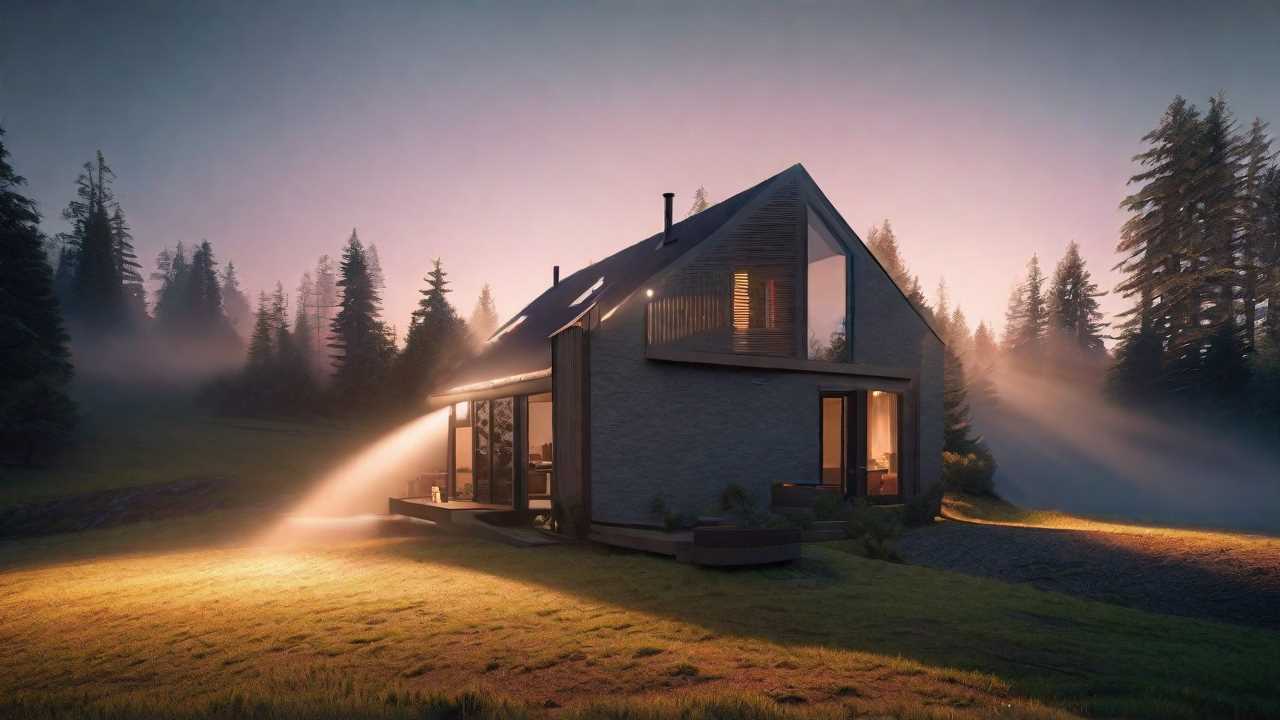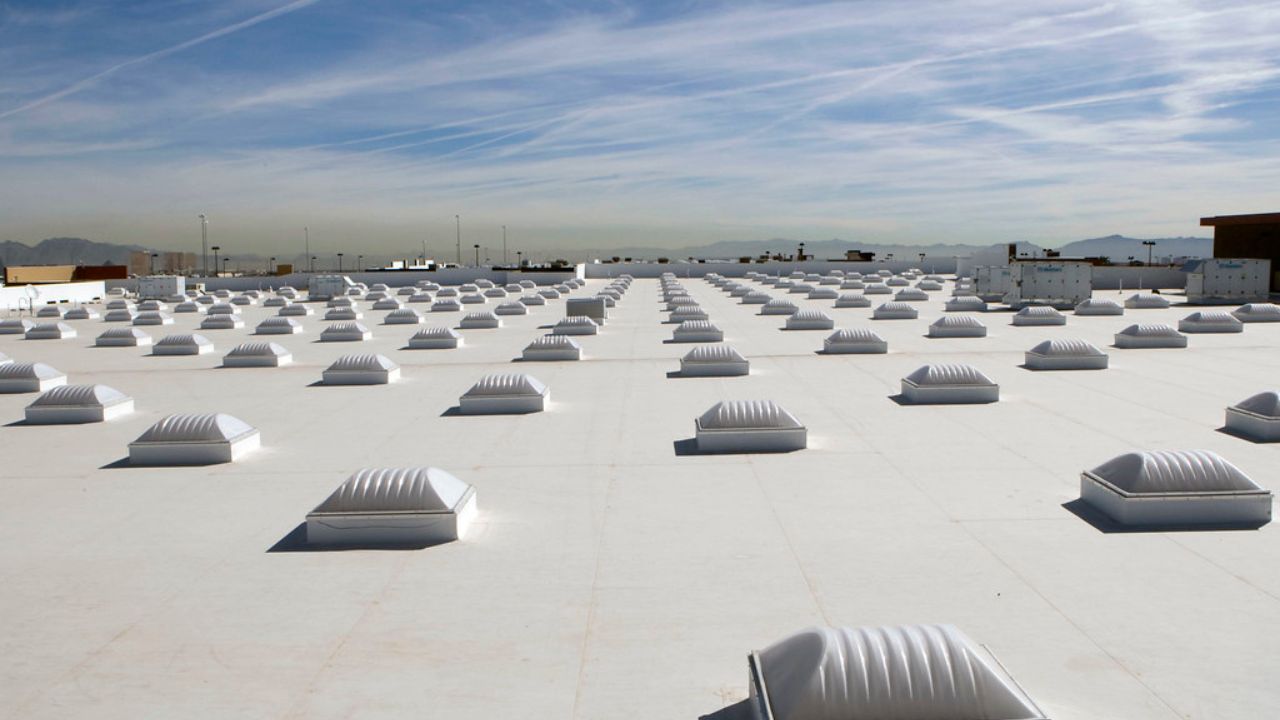
When it pertains to preventing heat loss through skylights, you might think it’s an impossible challenge but fear not; there are practical solutions at your fingertips. Implementing a few strategic measures can create a more energy-efficient space and reduce heat loss through skylights. From simple insulation techniques to advanced glazing options, the possibilities are as intriguing as they are effective. So, let’s investigate some practical ways to keep the warmth in and the cold out through your skylights.
Article Summary
Proper Insulation Around Skylights
To prevent heat loss through skylights, ensuring proper insulation around them is essential for maintaining energy efficiency in your home. Skylights are notorious for allowing heat to escape during colder months and letting unwanted heat in during the summer. By properly insulating around skylights, you can create a barrier that helps regulate the temperature inside your home.
One effective way to insulate around skylights is by using foam weather stripping. This material is easy to install and provides a tight seal, preventing air leakage and heat transfer. Make sure to choose weather stripping designed for indoor use and can withstand temperature changes without degrading.
Another method is to apply a caulk bead around the skylight frame’s edges. This seals any gaps or cracks that may exist, further enhancing the insulation properties of the skylight. Use a high-quality, weather-resistant caulk that won’t shrink or crack over time.
Installation of Skylight Covers
Installing skylight covers can significantly reduce heat loss and improve energy efficiency in your home by providing an additional layer of insulation and protection. Skylight covers act as a barrier, preventing heat from escaping during colder months and blocking excess heat from entering during warmer months.
When selecting skylight covers, insulating materials like honeycomb or cellular shades trap air and create a buffer against temperature changes. These covers are often easy to install and can be custom-fitted to your skylight dimensions. Look for covers with high R-values to maximize their insulating properties.

Additionally, consider choosing covers with reflective surfaces to deflect sunlight and reduce heat gain in the summer. Properly installed skylight covers help regulate the temperature in your home and contribute to lower energy bills by reducing the need for heating and cooling.
Use of Double or Triple Glazing
Consider using double or triple glazing for your skylights to improve insulation and reduce heat loss. Double glazing consists of two glass panes separated by a layer of air or gas, while triple glazing adds a third pane for even better insulation. These layers create a barrier that helps trap heat inside your home during the colder months and prevents heat from entering during the warmer months.
Research shows that double or triple glazing can significantly reduce heat loss through skylights compared to single-pane glass. The additional layers of glazing act as thermal barriers, minimizing the transfer of heat between the inside and outside. This helps maintain a comfortable temperature in your home and contributes to energy savings by reducing the need for heating or cooling.
When considering double or triple glazing for your skylights, ensure proper installation to maximize their effectiveness. Look for energy-efficient options with low emissivity coatings to optimize their insulation properties. You can create a more energy-efficient and comfortable living space by choosing double or triple glazing for your skylights.
Utilize Thermal Blinds or Shades
For improved insulation and reduced heat loss through skylights, harness the benefits of thermal blinds or shades. Thermal blinds or shades act as a barrier, helping to trap heat and prevent it from escaping through the skylight. These specialized window coverings are designed with insulating materials, creating an additional layer of protection against heat loss. By utilizing thermal blinds or shades, you can effectively regulate the temperature in your space and reduce the energy needed to maintain warmth.
Thermal blinds or shades come in various styles and designs to suit your preferences while providing excellent thermal insulation. Look for options specifically labeled as thermal or energy-efficient to guarantee maximum effectiveness. When selecting thermal blinds or shades for your skylights, consider factors such as the material, thickness, and fit to ensure they provide the desired level of insulation. This simple addition to your skylight allows you to enjoy a more comfortable indoor environment while minimizing heat loss and energy consumption.
Regular Maintenance and Sealing
Regularly maintaining and sealing your skylights is essential to prevent heat loss and guarantee peak insulation efficiency. Regular maintenance involves inspecting the skylights for signs of wear, such as cracks, gaps, or damaged seals, which can contribute to heat loss. Sealing any identified leaks promptly with high-quality sealants can significantly improve the skylight’s insulation properties.
Additionally, cleaning the skylights is essential to ensure they function at their best. Dirt and debris can accumulate around the seals and frames, compromising their ability to provide adequate insulation. By keeping the skylights clean, you can prevent any blockages that may impede their performance.
Furthermore, checking the surrounding insulation and ensuring it’s in good condition is essential for reducing heat loss through skylights. Proper insulation around the skylight frame can help maintain a consistent indoor temperature and prevent warm air from escaping during colder months.
Frequently Asked Questions
Are Skylights Suitable for All Types of Roofs?
Skylights can be suitable for various roof types, depending on factors like slope and material. Analyze your roof’s structure and characteristics to determine if skylights are viable for your specific situation.
What Is the Average Lifespan of Skylights?
On average, skylights last 10-15 years. Factors like quality, installation, and maintenance impact lifespan. Regular inspections and timely repairs can extend durability. Remember, “out of sight, out of mind” doesn’t apply to skylights.
Can Skylights Contribute to Energy Savings?
Skylights can indeed contribute to energy savings by providing natural light and reducing the need for artificial lighting during the day. Proper insulation, double-glazing, and energy-efficient skylights can further improve these benefits.
Do Skylights Require Special Cleaning Products?
When cleaning skylights, opt for mild, soapy water or vinegar solutions. Harsh chemicals can damage seals or coatings. Regular maintenance guarantees clarity and maximizes natural light. Following care instructions extends the skylight lifespan and maintains efficiency.
Are There Any Grants or Rebates for Skylight Upgrades?
Investigate available grants and rebates to upgrade skylights and save on energy costs. Local utility companies, government programs, and environmental organizations often offer incentives for energy-efficient improvements. Research and apply to maximize savings.